IN PARTNERSHIP WITH ROLEX
Snap away: Your dive shots can help save the world’s biggest fish
Using photos by divers and a high-tech identification system, Brad Norman protects and conserves the whale sharks
Sign up now: Get ST's newsletters delivered to your inbox
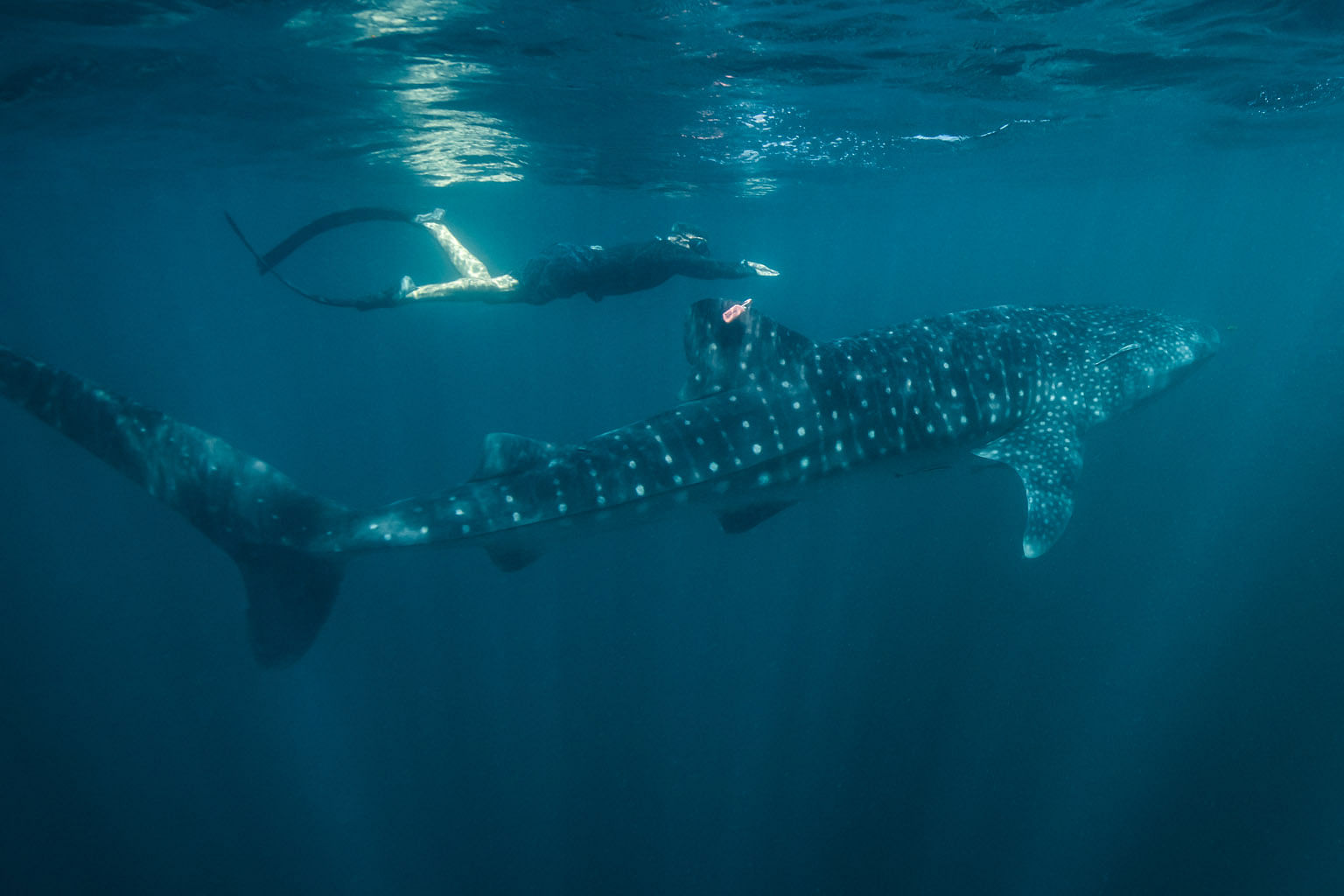
Australian marine scientist Brad Norman received a Rolex Award for Enterprise to further his photo-identification system employed in the conservation of whale sharks.
PHOTO: ROLEX / FRANCK GAZZOLA
Follow topic:
The next time you take off for a dive expedition at Manado, Indonesia or in the Maldives, remember to bring your underwater camera along and take more photos.
Not only will you be snapping visual memories of your dive, you could also be doing your bit for science and conservation.
Since 2003, Australian marine scientist Brad Norman has been relying on such photos from divers to keep track of endangered whale sharks across the world.
Although they are legally protected in many countries, the gentle giants – they can grow up to 18 metres long and are the biggest fish in the sea – are still being killed for their fins.
They are also accidentally caught in nets meant for tuna, and threatened by oil and drilling, vessel strikes and climate change.
Dr Norman, 55, runs Wildbook for Whale Sharks, an online database with a novel algorithm to scan the photos, identify individual sharks based on the unique patterns of white stripes and spots on their skin, and match the sightings to earlier ones to monitor them over time.
The algorithm was adapted from technology developed for the Hubble Space Telescope programme in the US to study constellations in the night sky.
“Now, just about anyone with an underwater camera can play a part in helping to conserve whale sharks,” he says.
As of early December this year, the database contains more than 90,000 sighting records of some 17,000 individual animals, photographed by over 9,000 citizen scientists, researchers and volunteers. This makes it one of the largest marine wildlife datasets of a single species.
To support his work, Swiss watchmaker Rolex selected him as one of its five Rolex Awards for Enterprise Laureates in 2006.
The Awards, established in 1976, provides funding and other help to people with exceptional projects to make the world a better place, expand knowledge, propose solutions to major challenges, and preserve our natural and cultural heritage for future generations.
Having a whale of a time
Dr Norman developed a connection with whale sharks from the very first moment he set eyes on one. It was during a dive trip in 1995, in the turquoise waters of the Ningaloo Reef in Australia, and he was left mesmerised.
At the time, little was known about the sharks, with just 350 confirmed sightings worldwide.
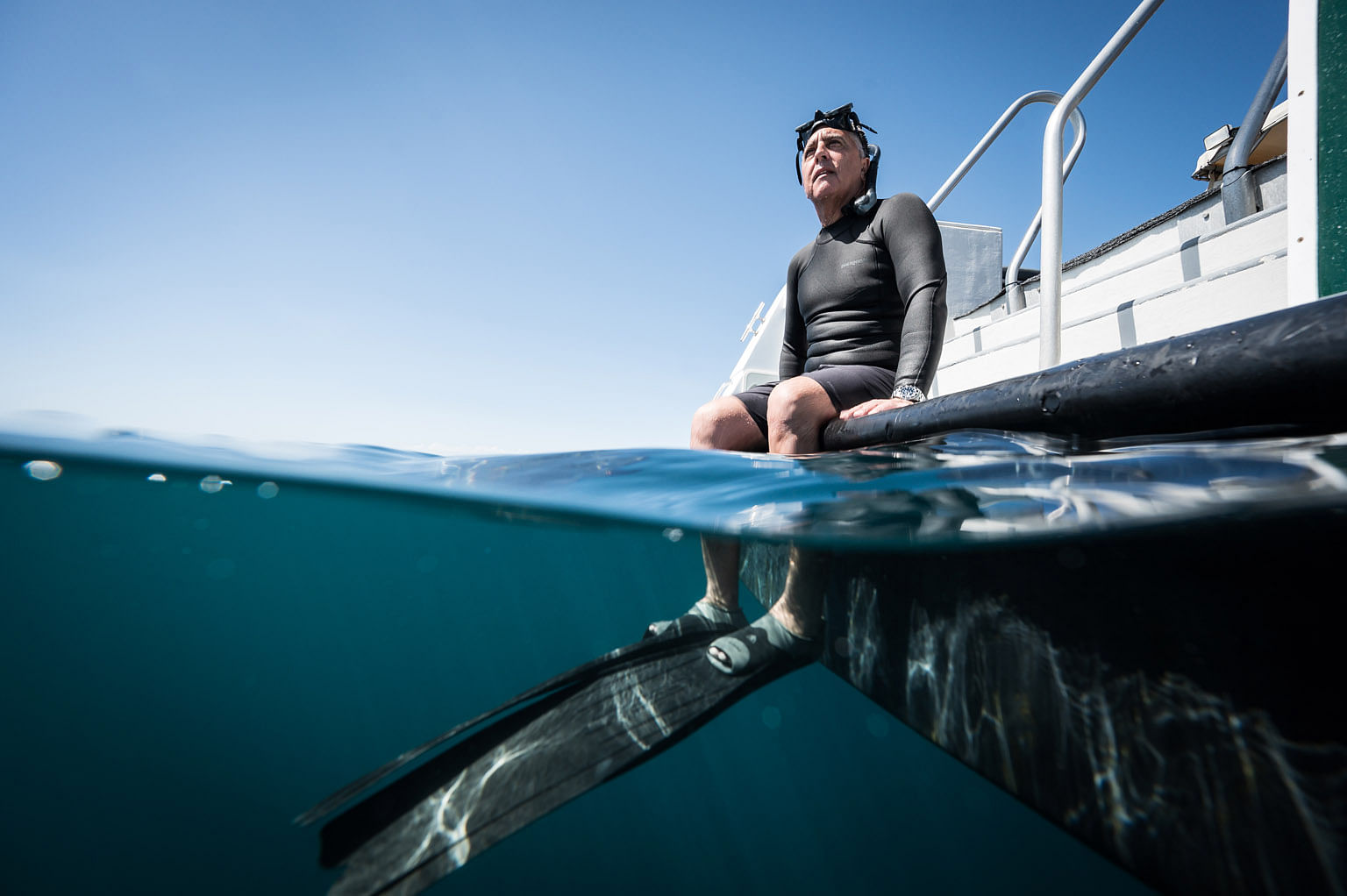
“The first time I jumped in the water and swam with a whale shark, seeing and experiencing, being alongside the biggest fish in the sea, it really took my breath away,” he says. “From early on, I believed I could really make a difference to preserve this species.”
That shark, which he nicknamed Stumpy because of its deformed tail, was the first entry in an online photo identification library that he created that year. That was the foundation of Wildbook.
Since then, he has used the database’s records to prepare reports which resulted in the shark being included on the International Union for Conservation of Nature’s (IUCN) Red List. The list is a comprehensive inventory of the conservation of biological species.
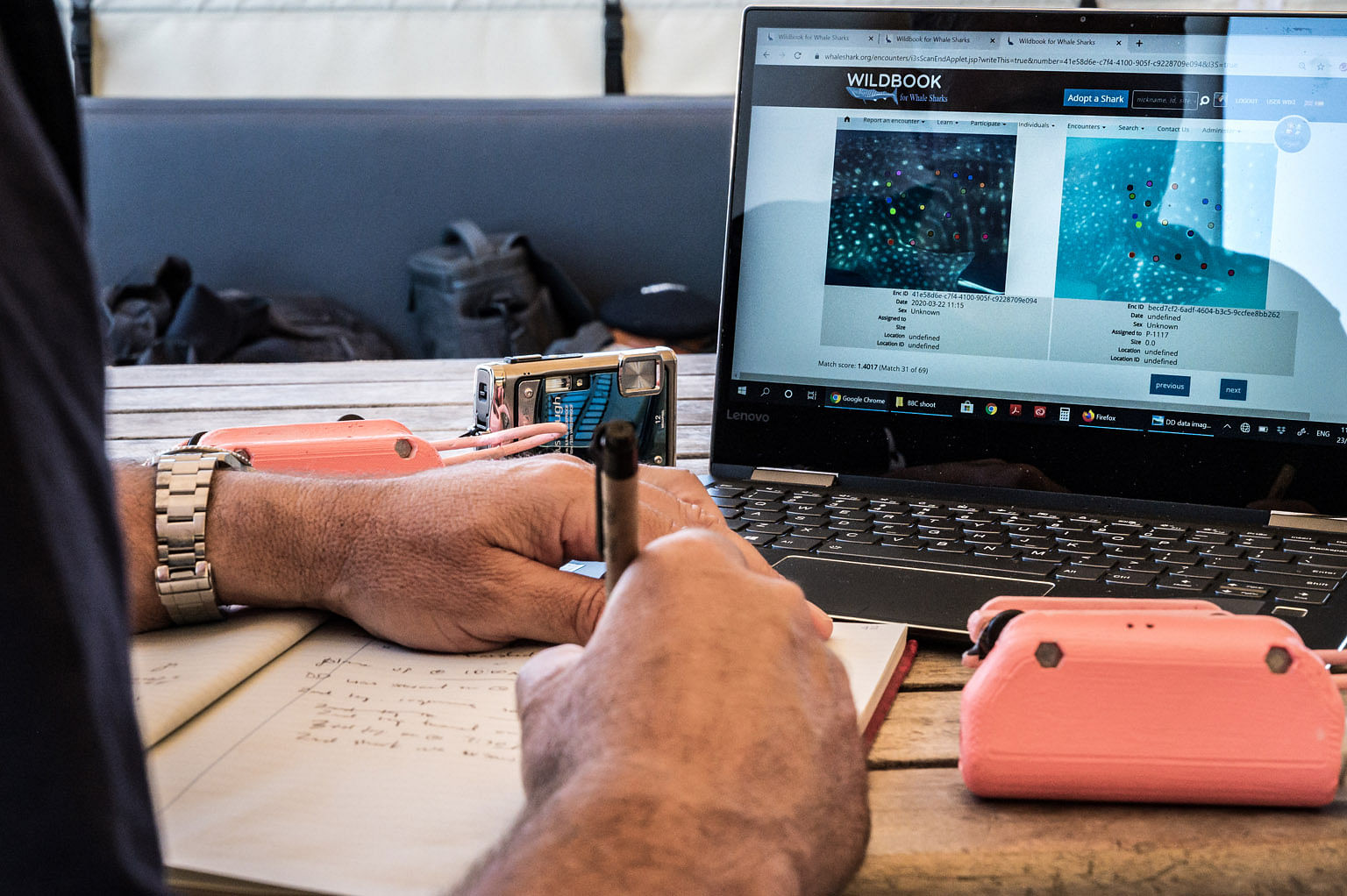
The shark was originally listed as vulnerable, but was reclassified as endangered in 2016, with the IUCN estimating that its population had dwindled by more than half in the previous 75 years, largely due to the fishing industry.
Dr Norman has thrown himself into efforts to outlaw trade in whale shark products and advised several countries on policies to protect their whale sharks.
He has also developed online education campaigns on ocean conservation for schoolchildren. His Whale Shark Race Around the World competition, for instance, allows schools to adopt tagged sharks and follow them through the oceans via satellite coverage, to see which one covers the greatest distance in a set period of time.
“It’s all about building interest, drive and desire among the new generation,” he explains. “So it’s a case of trying to educate and show people the beauty of our natural environment and encourage them to be more aware and more driven to protect it.”
The secret lives of whale sharks
Besides providing funding, the Rolex Award has enabled him to forge invaluable connections.
In a scientific first, he partnered Professor Rory Wilson, a fellow 2006 Laureate, to use the latter’s “daily diary” electronic tag to open a window into whale sharks’ secret lives.
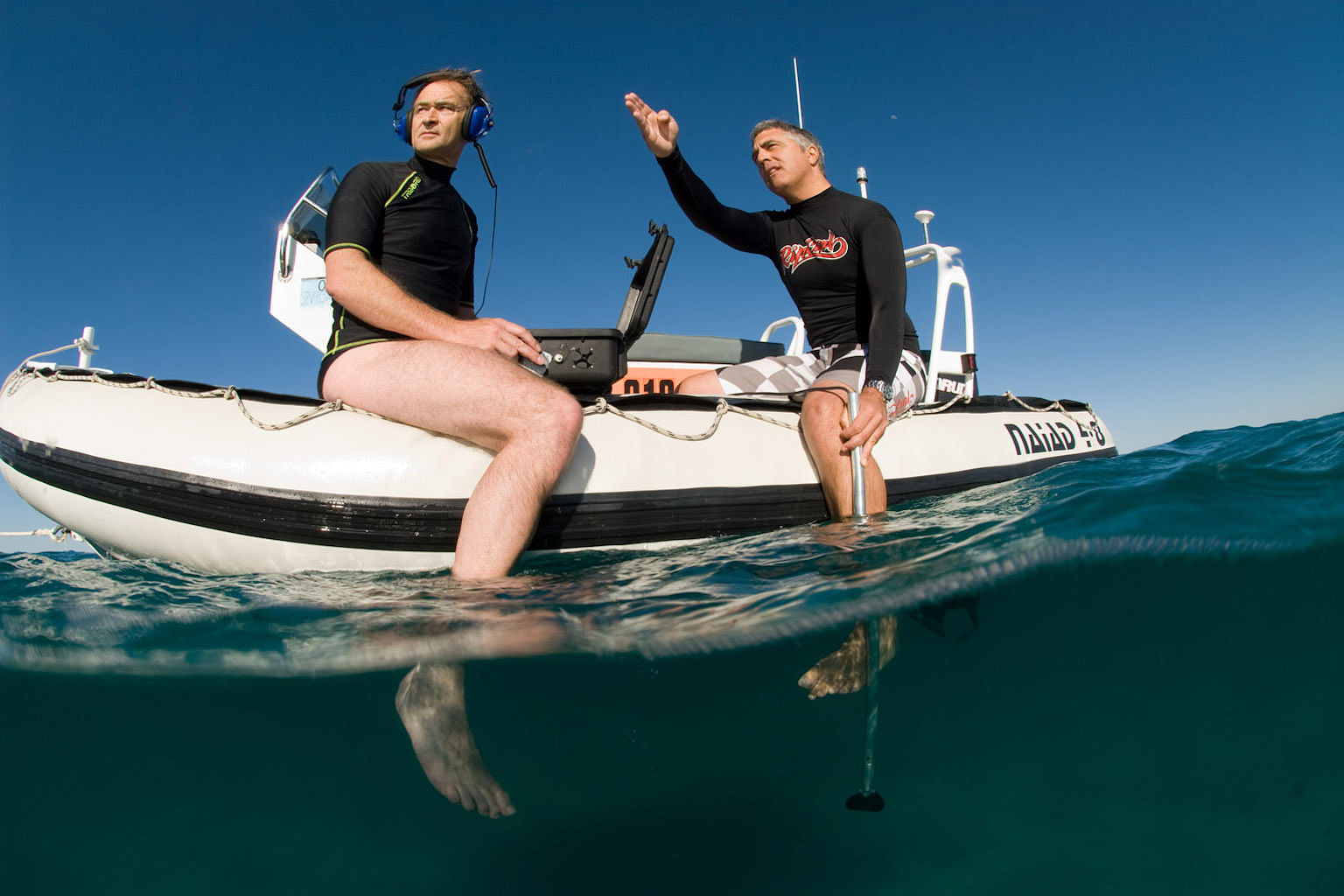
The tag, which contains accelerometers, magnetometers, and temperature, pressure and light sensors, acts like a fitness tracker for the whales, recording their movements.
Dr Norman has also fitted sharks with satellite tags, cameras and sensors to study their habits, shedding light on their population and ecology.
He hopes that the emerging patterns from the sharks’ migrations will reveal their breeding grounds, so that these can be protected.
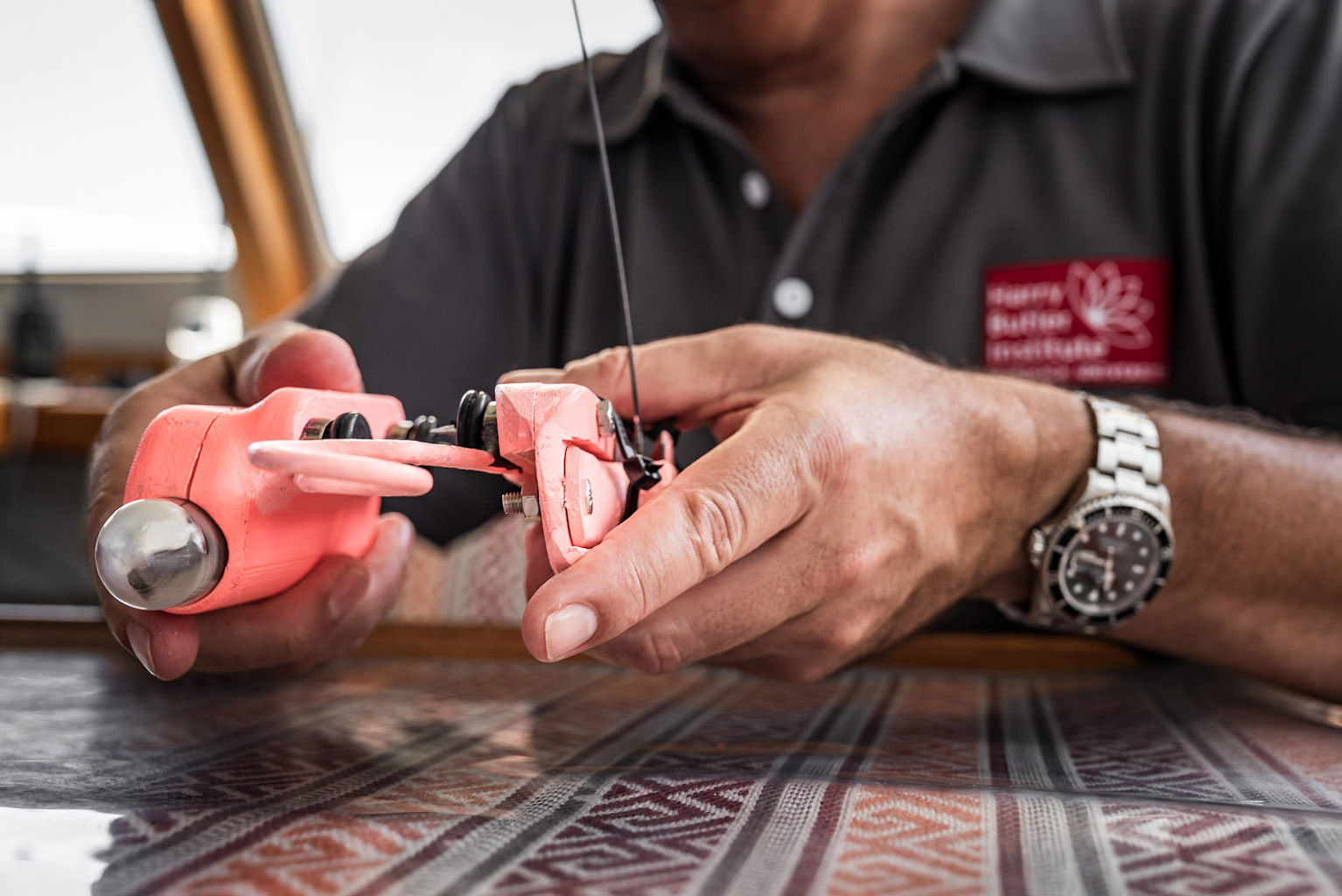
“The Rolex Award has been very influential in building the profile of my project, and hopefully helping us to get to the point where we are actually going to save a species,” he says. “I want to find out more about our oceans and the species within them, so that we can conserve them for generations to come.”
For nearly a century, Rolex has always supported pioneering explorers. But it has since moved from championing exploration for the sake of discovery to protecting the planet, committing for the long term to support individuals and organisations using science to understand and devise solutions to today’s environmental challenges.
This engagement was reinforced with the launch of the Perpetual Planet initiative in 2019, which initially focused on the Rolex Awards for Enterprise, as well as long-standing partnerships with Mission Blue and National Geographic Society.
The initiative now has more than 20 other partnerships in an expanding portfolio. They include, for example, Rewilding Argentina and Rewilding Chile, offspring organisations of Tompkins Conservation, the Under The Pole expeditions, the Monaco Blue Initiative, and Coral Gardeners.
Rolex also supports organisations and initiatives fostering the next generations of explorers, scientists and conservationists through scholarships and grants, such as Our World-Underwater Scholarship Society and The Rolex Explorers Club Grants.
We The Earth is a partnership between The Straits Times and Rolex and its Perpetual Planet initiative. Rolex Awards for Enterprise Laureate Dr Brad Norman is a stellar example of the many individuals who are doing their part to solve the issues earth faces.

